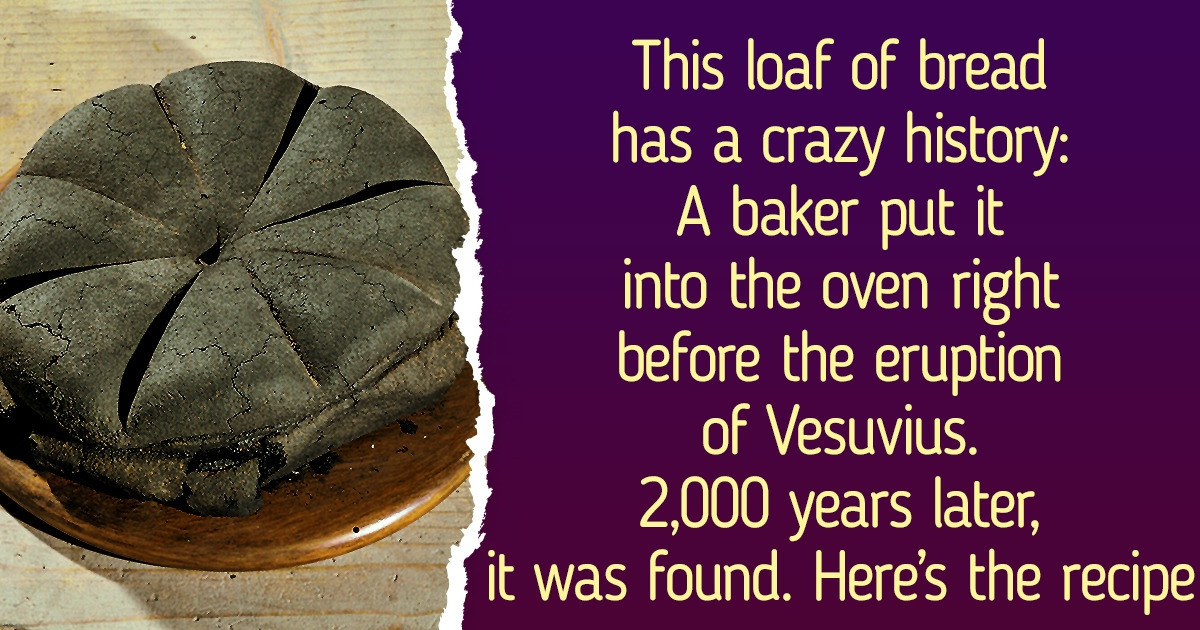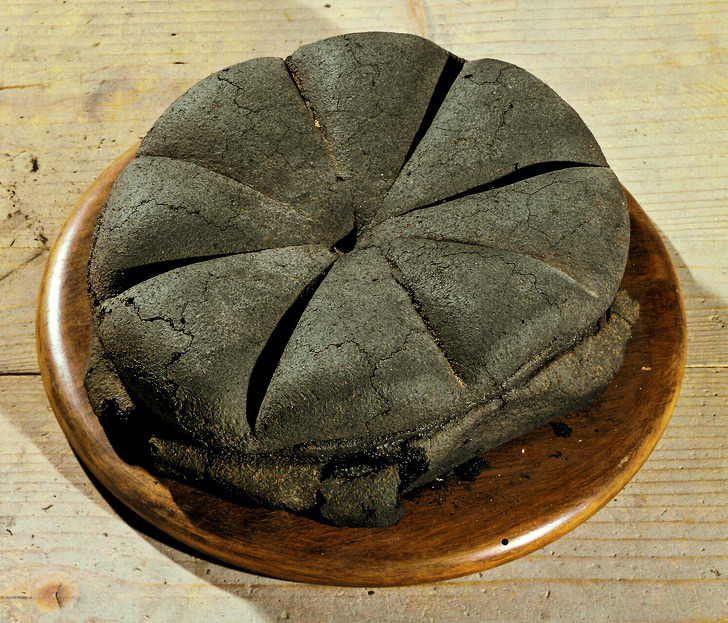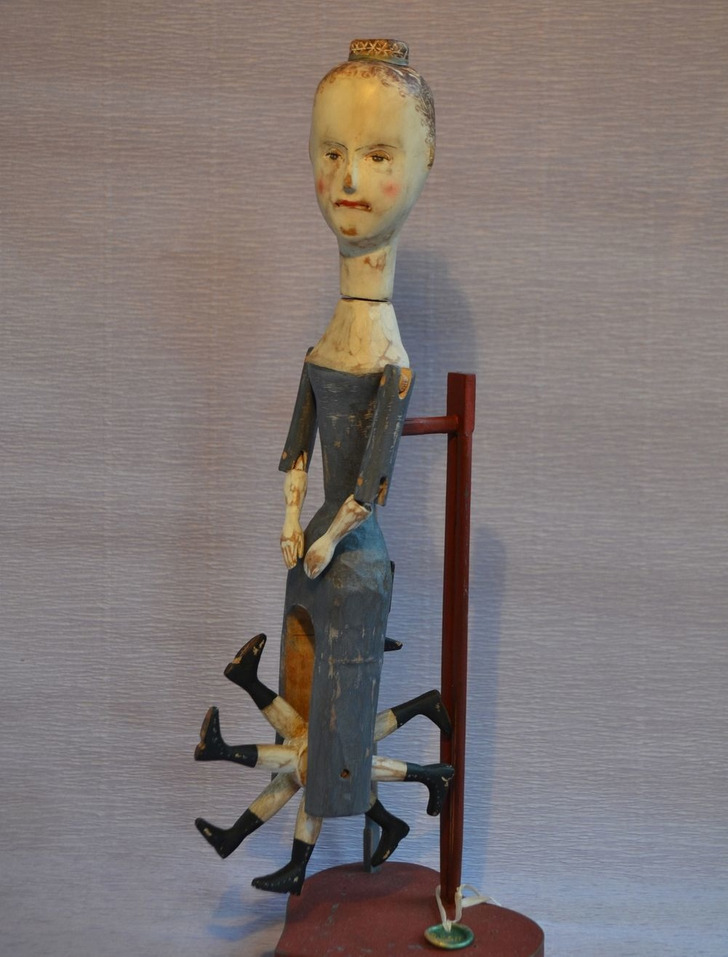Very impressive
15 Curious Things From Museums That Can Give You a Year’s Worth of Impressions

Now we definitely know what Uber would’ve looked like in the eighteenth century, what a witch’s home was like, and what a really-really old pepper pot from the past looked like, all thanks to virtual trips around the most famous museums of the world. There are some really awesome things to look at here.
We at Bright Side are convinced that in museums, you can go through as many emotions as you would on a rollercoaster because some facts and stories are truly breathtaking. And at the end of the article, there is a bonus section showing what ancient Roman and Greek statues really looked like.
Toy horse, the Roman period, 30 BCE
A really old pepper pot: it was made in the Roman period, in 300-400 CE.
This is the oldest straw hat in the world — it’s 1,500 years old. Some researchers think it’s not a hat but a bowl from Egypt, around 427-557 CE.
A puzzle ball carved from a single piece of Indian elephant ivory, China in the nineteenth century.
A wedding ring — the house with the open roof probably symbolizes a couple’s life, from the US, the 1800s.
Skirt lifter — a grip that lifts a big skirt to prevent it from going on the ground, from the nineteenth century.
Here’s the eighteenth-century Uber: this decorated chair was carried by 2 people since European streets were too narrow.
The inkwell of Catherine the Great looks like a sofa (gold, heliotrope, pearl), Paris, the 1700s.
These glasses were made by the Dolgans to protect the eyes from the Arctic sun, made of metal, beads, and buckskin, from the nineteenth century.
This is the modern version of the 8-legged dolls that were popular in the nineteenth century. The dress covered the legs and it seemed that the doll could walk.
In 1915, an elderly lady gave this bottle to the Pitt Rivers museum and said there was a witch inside and if someone opened it, they would have big trouble.
A branch of red currant (gold, jade, and mountain crystal) from the company of Carl Fabergé, Russia, the beginning of the twentieth century.
And finally, proof that cats are always incredibly cute, a jade piece, second-third century CE.
Bonus: The Museum of Fine Arts in Boston showed what ancient Roman and Greek statues looked like in the past (they were painted)!
The experts of the museum conducted an analysis of the Athena Parthenos marble statue (the second or third century CE and created a digital reconstruction showing what Athena may have looked like 1,000 years ago.
What piece of art in a museum made an incredible impression on you? Tell us in the comment section below!
Comments
Related Reads
5 People Show What Their Meals From Michelin-Starred Restaurants Look Like (Some of Them Paid $1,000 for Their Dinner)

15+ Designs That Balance on the Edge of Comical and Cool

21 Photos Where There Are More Things Happening Than It Might Seem at First Glance

17 People Who Clearly Didn’t Think Their Actions All the Way Through

22 Pics That Are Sure to Make You Stop and Wonder

My MIL Imposed Hosting Christmas Dinner on Me — and I’m Fuming

13 Small Acts That Turned a Stranger’s Day Around

I Refuse to Forgive My Biological Mom, but My Dad Pushes Me to Do It

17 Hotels That Got 5 Stars for Their Creativity in Causing Problems

My Husband Refused to Pay for My Daughter’s Tuition, So I Showed Him My True Face

My Parents Forced Me to Babysit My Siblings, Now I Served Them a Cold Revenge

I Refuse to Sponsor My Sister’s Wedding, and Now I’m the Villain


